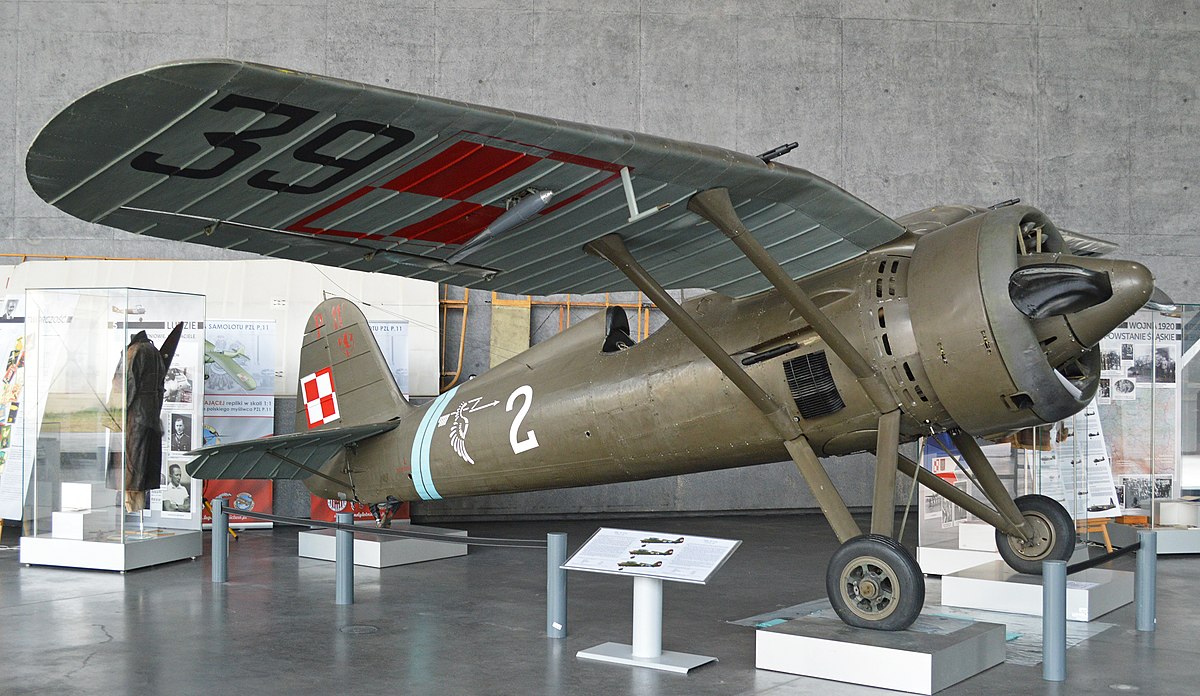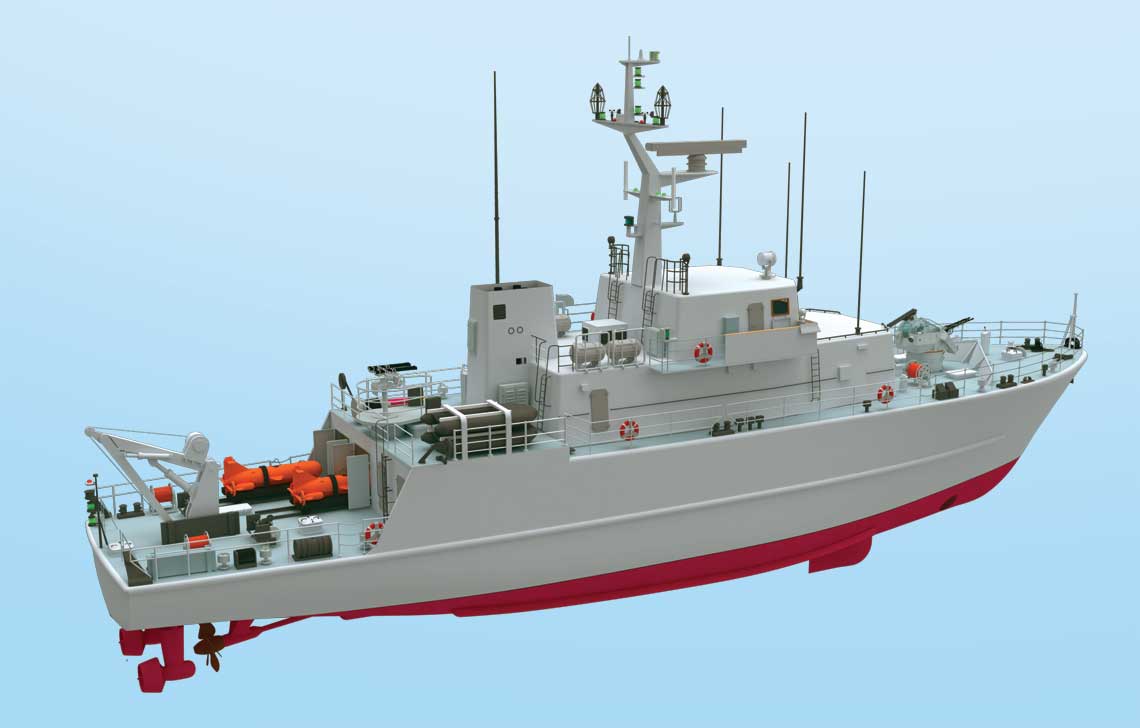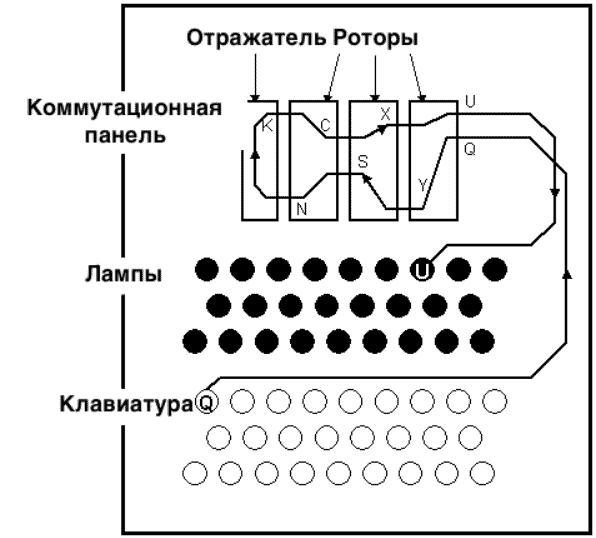
The first Polish mine destroyer

Previously, Polish-built anti-mine ships had a smooth-deck hull. The refrigerator was reminiscent of Western and Soviet designs, which used a higher bow to hide the forecastle and a lower rear working deck.
Today, the term "mine hunter" is closely associated with the Project 258 Kormoran II prototype ship, which is being prepared for service. However, this is the culmination of more than 30 years of travel by Polish research and development centers as well as the shipbuilding industry to allow this division to rise under the white and red flag. In three articles, we will talk about the most important and interesting projects of anti-mine ships desired by our Navy, which, unfortunately, have not reached the stage of "forging into metal". In this issue of The Sea, we present the first approach to the minehunter, and in the next one, which will be published soon, you will meet two ... Cormorants.
Mine action units have always been one of the priorities in the development of the naval forces of the Polish Navy (MV). This was the case before and after the war, both during the Warsaw Pact and NATO, and between membership in these military pacts. The obvious reason for this is the main area of responsibility of the MV, i.e. Baltic Sea. The relatively shallow, opaque waters and their complex hydrology favor the use of mine weapons and make it difficult to find threats in them. In its nearly 100 years of existence, MW has operated a relatively large number of minesweeper and minesweeper types. In most cases, these ships have already been described in detail and comprehensively in the literature. The mentioned Project 258 Kormoran II minhunter prototype has also been published in detail. However, relatively little is known about the attempts to introduce new types of mine action units in the 80s and 90s.
The state of mine action troops in the 80s.
In the early 80s, the mine action forces of the Navy consisted of two squadrons. In Hel, the 13th minesweeper squadron of the 12F project had 206 minesweepers, and in Swinoujscie the 12th minesweeper squadron of the Minesweeper Base had 11 minesweepers designed by 254K / M (the twelfth - ORP Tour, was rebuilt to experimental and transferred to Gdynia in the detachment research ships). At the same time, after extensive testing of the prototype Goplo ORP of project 207D, mass production of small magnetic ships of project 207P began. Initially, they were classified as minesweepers "red" because of the small displacement. However, for minor and more prestigious reasons, they were reclassified as basic minesweepers. The prototype and the first 2 serial units became part of the squadron in Hel. Due to the fact that the Swinoujscie minesweepers were older (commissioned in 1956–1959) than the Hel mines (commissioned in 1963–1967), they were first supposed to be withdrawn and replaced by Project 207 ships The first 2 serial units were transferred in 1985 from Hel to Swinoujscie, and the next 10 were included directly in the 12th base minesweeper squadron. So the composition of the entire 12-ship squadron in Swinoujscie was systematically changing. The ORP Gopło prototype was also transferred from 13 Squadron to the Research Ships Unit.
In the early 80s, in peacetime, MW also said goodbye to the operation of trawl boats. All units of the 361T project were withdrawn, and only two B410-IV / C projects entered service, which were adaptations of civilian fishing boats that were massively built for state-owned fishing companies. This pair was supposed to train reservists, and above all, to work out the methods of mobilization development of mine action forces during the war. Swinouisky, the 14th trawl squadron "Kutra" was disbanded at the end of 1985. Both B410-IV / S boats became part of the 12 Squadron and formed the core of the 14 Squadron mobilized for war. Both were withdrawn in 2005, which was tantamount to the end of the existence of the formation. Keeping two units no longer made sense at a time when the Polish Baltic fishery was undergoing so many organizational and property changes. The plan to mobilize B410 cutters and other fishing boats made sense when state-owned enterprises existed.
